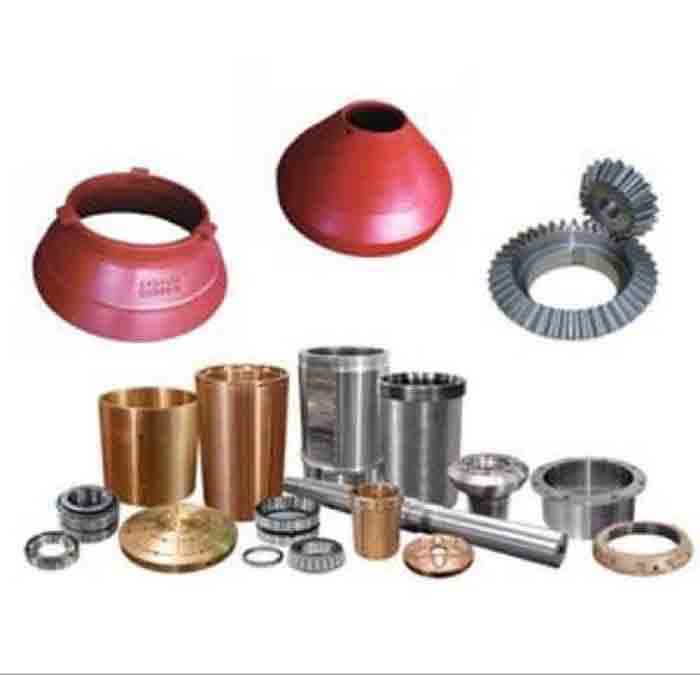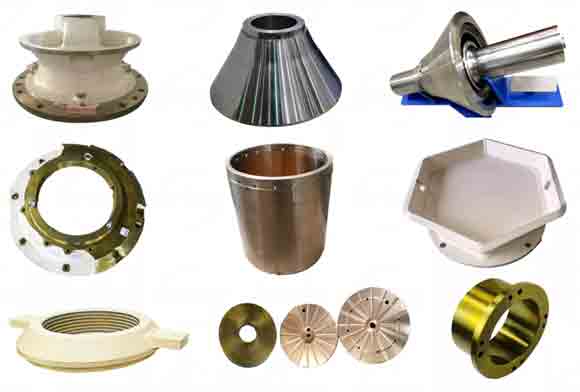What Are Jaw Crushers and How Do They Work?

Jaw crushers are machines that crush material through the principle of pressure crushing. There are several types of jaw crushers, including the Keestrack, Blake, and Single-Tail models. Here, we’ll take a look at some of their basic characteristics. Depending on their size, they can be used for crushing hard rock, concrete, or rock ores.
Blake style jaw crushers
Blake style jaw crushers use a double-toggle mechanism to crush material. These jaw crushers are enclosed in a rectangular frame with a crushing chamber in the middle. The stationary jaw is attached to the bottom end of the box-frame, while the movable jaw is suspended from a cross-shaft. The cross-shaft is supported in bearings located at the top of the frame.

Blake Crushers are unique among jaw crushers because they feature a movable jaw that is pivoted at the top. This allows the crusher to give the maximum amount of movement to even the smallest lumps. The throw of the jaw is determined by the size and hardness of the material being crushed. Throws may range from d to 3 inches.
Single-Tail Jaw Crushers
Single-Tail Jaw Crushers have two main parts: a movable jaw plate and a fixed jaw plate. The jaw plates are usually corrugated, but they can also be smooth. The movable jaw compresses the rock as it passes through the chamber, crushing it between heavy plates. The size of the output particle depends on the size of the feed opening and the size of the crusher.
Single-Tail Jaw Crushers are primarily used as the first stage of material reduction, although they are also capable of second-stage crushing. They are typically wheeled portable or track-mounted, and they can be used on a range of materials. Their versatility makes them ideal for many different industries, including mining, rock quarries, sand and gravel, construction and demolition recycling, road and railway construction, metallurgy, water conservancy, and chemical industry, Check out the post right here.
Keestrack Jaw Crushers
Keestrack Jaw Crushers are a combination of high performance and advanced technology. The patented “Non-Stop-System” combines an intelligent crusher control system, hydraulic gap adjustment and level and pressure sensors to provide optimal performance. This system monitors and controls the process of crushing materials and automatically closes the gap if a large unbreakable piece enters the crushing chamber.
Keestrack is a family-owned multinational company headquartered in Bilzen, Belgium. The company employs nearly 700 people across its global manufacturing and after-market activities. The company also has a network of 75 dealers and service providers.
Gyratory crushers
The basic concept of a gyratory crusher is similar to that of a jaw crusher, but it is different in some ways. It has two surfaces: a concave surface and a conical head. The conical head is lined with manganese steel. An eccentric arrangement on the inner cone produces a slight circular movement. This movement causes the material to fall downwards and is gradually crushed until it is small enough to fall through the gap between the two surfaces.
The jaw crusher and gyratory crusher both work by crushing rocks with an internal force. The inner chamber is flat and has a less steep slope. The cone is supported by a curved universal bearing. This crushing mechanism uses compression force to break rocks. As the rock enters the cone, it becomes wedged and squeezed, breaking the rock into smaller pieces.
